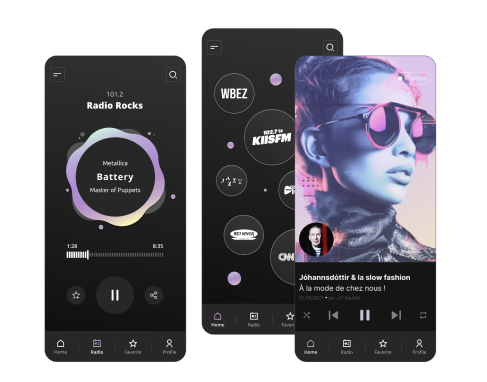AI-Enhanced Testing for Creative Console Systems
AI-powered QA transformation, cutting testing time by 80% while boosting precision.
About Project
Solution
AI-driven testing, Bug triage automation, Test coverage optimization
Technologies
DeepTriage, ChatGPT, Grammarly, Microsoft Power BI
Country
Finland
Industry
Client
A leading manufacturer of custom creative consoles that combine analog control with digital precision. Their products enable creators to achieve precise control and rapid adjustments in professional settings. The company ships their innovative hardware solutions worldwide, requiring rigorous testing to maintain their reputation for reliability and precision.
Project overview
Want to cut testing time with AI-powered solutions? Let’s discuss your testing challenges.
Before
- Duplicate bug reports causing confusion
- Limited test coverage focused on positive scenarios
- Time-consuming manual bug triage process
- Unstructured customer feedback
- Inefficient reporting workflows
After
- Reduced duplication in bug tracking
- Comprehensive test coverage, including edge cases
- Structured, formalized bug reports
- Streamlined requirements testing with improved clarity
- Faster, simplified report generation
Project Duration
2 weeks
Team Composition
1 Senior QA Engineer
Challenge
Our client faced several testing bottlenecks, including duplicated bug entries, insufficient test coverage, and a lack of structured reporting. Security and data integrity concerns also emerged, as integrating AI into testing introduced potential vulnerabilities.
They also struggled with requirement testing, needing a more structured approach to user stories. The regression testing process involved pulling data from various sources, making report creation time-consuming and inefficient.
Solutions
We implemented a multi-tool AI strategy to address each testing challenge and broader business goals:
Bug triage automation. Deployed DeepTriage to eliminate duplicate bugs and automate assignment, significantly reducing manual triage time.
Enhanced test coverage. Used ChatGPT to generate comprehensive test cases from requirements, including edge cases often missed in manual testing.
Structured bug reporting. Applied ChatGPT to transform informal customer feedback into structured bug reports, maintaining consistency and clarity.
Requirements optimization. Combined ChatGPT and Grammarly to analyze and improve requirement quality, ensuring clear and actionable test cases.
Automated reporting. Implemented Power BI to consolidate test data from multiple sources, creating automated, insight-rich reports.
To ensure successful implementation, our team:
- Established a dedicated team for continuous monitoring and adjustment of AI tools
- Enforced strict security protocols and data encryption
- Implemented validation techniques to mitigate false positives and negatives
- Conducted compatibility testing for smooth AI tool integration
- Provided training and documentation for the client’s team
Technologies
Our AI-powered testing suite focused on automating manual processes and improving accuracy across all testing phases.
- DeepTriage
- ChatGPT
- Grammarly
- Microsoft Power BI
- Custom data anonymization tools
Types of testing
AI-assisted regression testing
Automated verification of existing functionality after changes.
Requirements-based testing
AI-powered analysis and verification of software requirements.
Bug triage automation
ML-driven classification and assignment of reported issue.
Results
With our AI-driven approach, the testing process became significantly more efficient, supporting the client’s commitment to high-quality output. Key achievements included:

reduction in bug report creation time

increase in test case coverage

reduction in defect reoccurrence

improvement in spelling and grammatical accuracy in requirements

improvement in data visualization and reporting efficiency
Ready to transform your testing process with AI?
Contact our QA automation experts today!
Bruce Manson
Delivery Director


